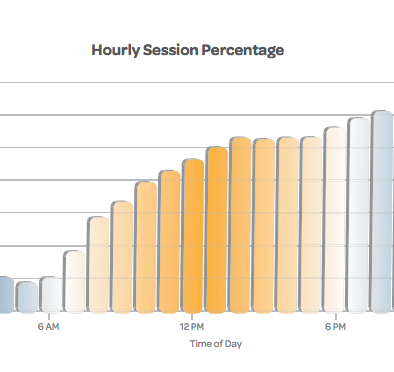The #RLTM Scoreboard: Social Networking Stats for the Week
| Facebook: | over 845 million users | via Facebook |
| Twitter: | over 500 million users | via Twopcharts |
| Google Plus: | over 90 million users | via Larry Page |
| LinkedIn: | 150 million members | via LinkedIn |
| Renren: | over 170 million users | via iResearch iUser Tracker |
| Qzone: | 500 million active users | via China Internet Watch |
| Sina Weibo: | over 250 million users | via Forbes |
| Groupon: | 115 million subscribers | via Reuters |
| Tumblr: | 48 million blogs | via Tumblr |
| Posterous: | 3.9 million members | via SF Gate |
| 11.7 million unique monthly users | via TechCrunch | |
| Foursquare: | 15 million users | via Mashable |
| 25 million users | via The Next Web | |
| Tagged | 20 million active users | via The Wall Street Journal |
Please email marissa@modernmediapartners.com if you have additional updates, or a social network that you feel should be on the list.
Twitter Acquires Posterous
Posterous CEO Sachin Agarwal announced that Posterous will be “joining the flock at Twitter” in a blog post on Monday, March 12th.
Posterous – which launched back in May 2008 – has seen steady expansion over the years, but competitor Tumblr has seen a more rapid rise in user numbers and engagement. In an attempt to find its own share in the market, Posterous announced a change in direction in September 2011, shifting the focus toward “controlled” (or private) sharing. Following the shift (and renaming to Posterous Spaces), the rate of user growth and private sharing nearly tripled.
But now, just 6.5 months later, Posterous has been acquired by Twitter. What will happen to the social blog service? According to Sachin Agarwal’s post, “Posterous Spaces will remain up and running without disruption.” But, this announcement is followed by “We’ll give users ample notice if we make any changes to the service,” and a promise to provide clear instructions for users wishing to move their content to another service. Which doesn’t exactly fill users with confidence that the service will be sticking around for very long.
Twitter’s blog post shares the same language about Posterous remaining up and running, and providing users with notice of any changes. The post focuses largely on the acquisition of talent: “Posterous engineers, product managers and others will join our teams working on several key initiatives that will make Twitter even better” and “Acquisitions have given us people and technology that have enabled us to more quickly build a better Twitter for you.”
Perhaps this cycle is inevitable; as social platforms become eclipsed by competitors, they’ll gradually be acquired by the social networking ‘giants’. But what happens when there are only a few left standing? Will any innovators be able to pose serious competition to heavyweights like Facebook and Twitter?


